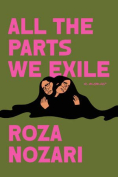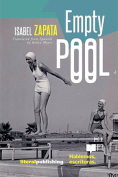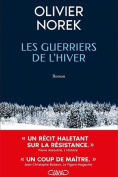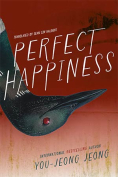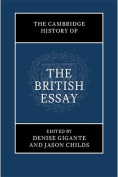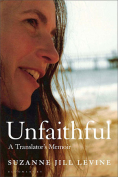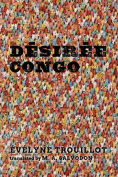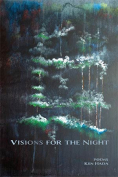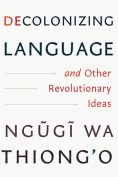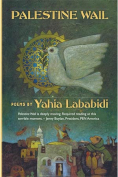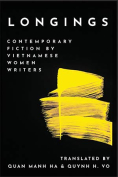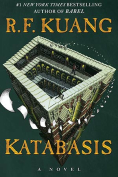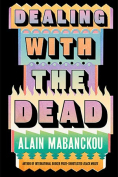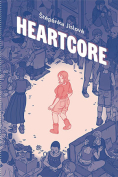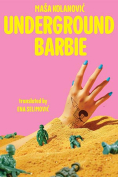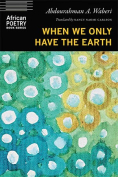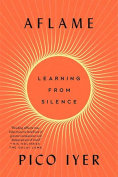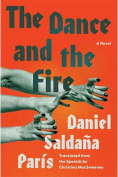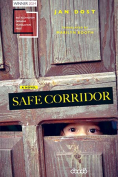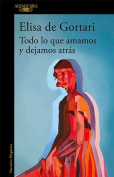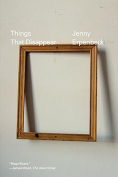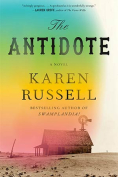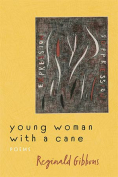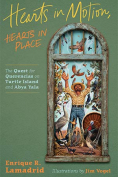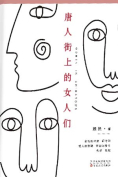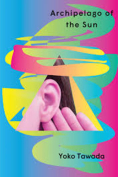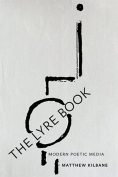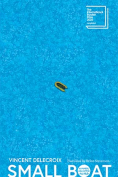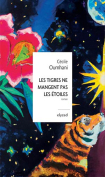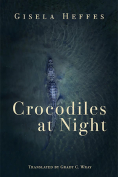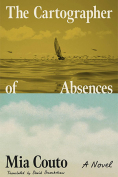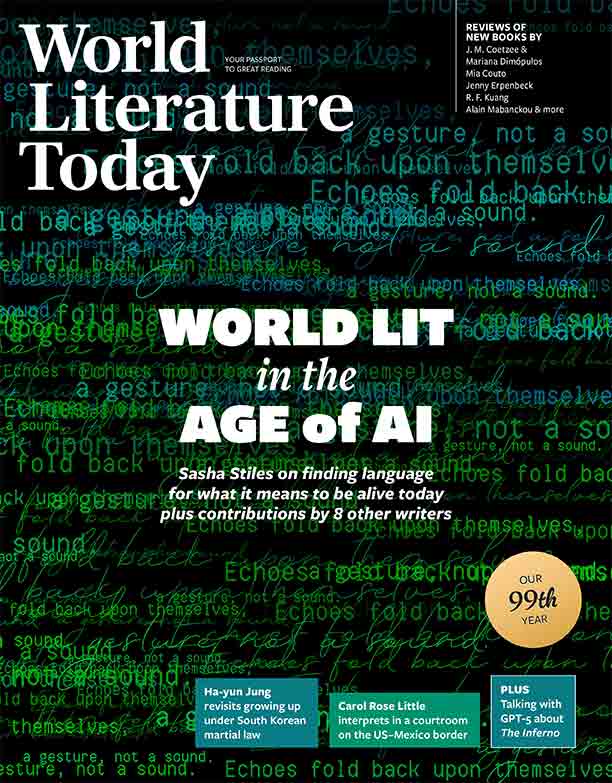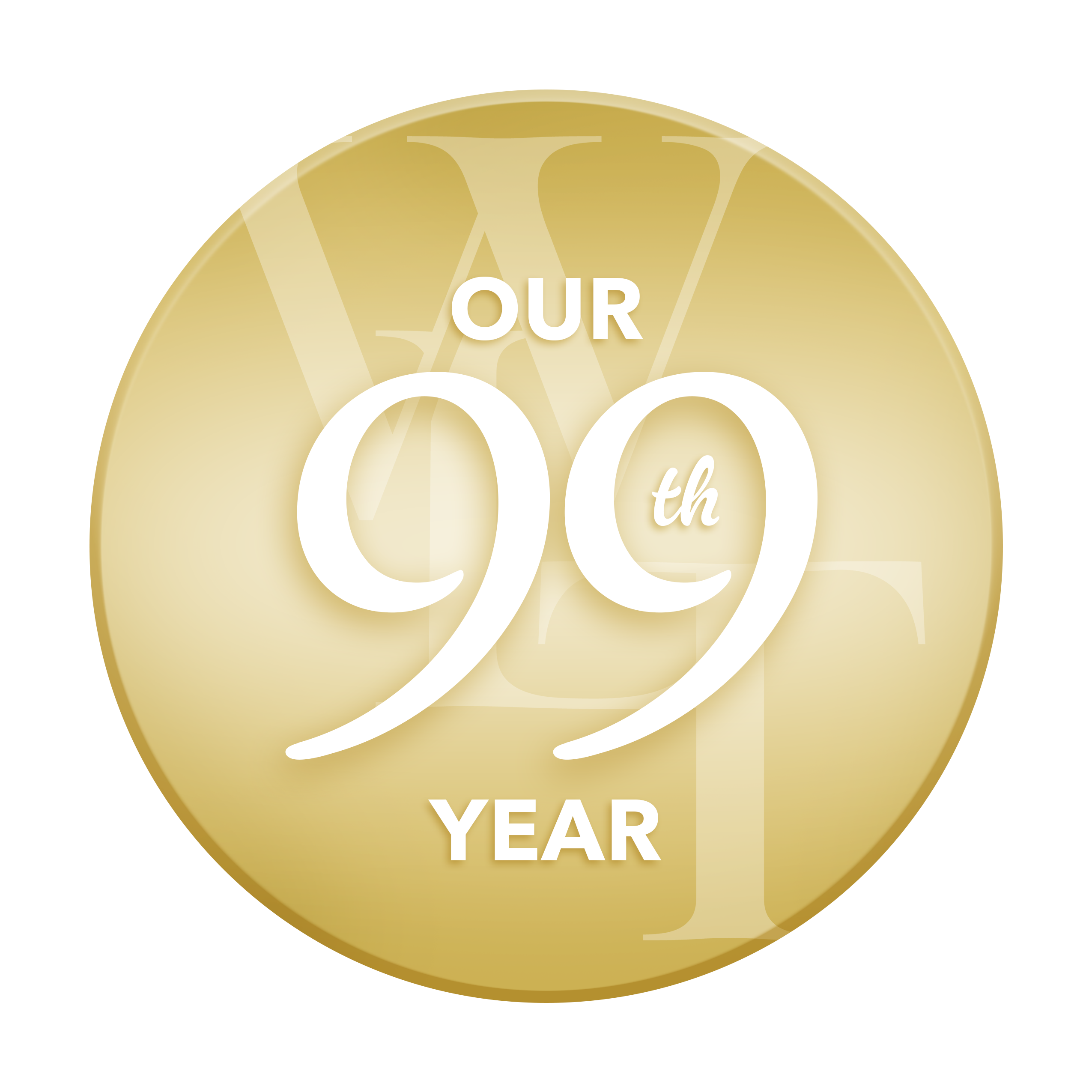The Lyre Book: Modern Poetic Media by Matthew Kilbane
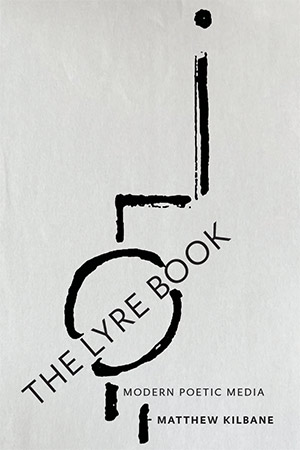
Baltimore. Johns Hopkins University Press. 2024. 344 pages.
Matthew Kilbane’s The Lyre Book: Modern Poetic Media explores the intersections of lyric poetry and evolving technologies, with a focus on how sound and silence shape the poetic genre. Kilbane argues not only that modern poetry’s forms are influenced by technology but that they are also inextricably tied to it, creating a dynamic interplay between writing and sound. His central concept, “lyric intermediality,” addresses this tension, emphasizing how poetry bridges silent text and the imagined (or real) sound of the voice, particularly in its “lyric” forms: “lyric,” for Kilbane, is a term whose “etymological persistence . . . brands lyric as an exemplary media problem . . . defined by the historically variable, phenomenally mercurial tension between writing and sound.” This claim immediately called to my mind what T. S. Eliot wrote about “that perpetual slight alteration of language, words perpetually juxtaposed in new and sudden combinations”: “You are the music / While the music lasts.”
Kilbane emphasizes modern poetry’s engagement with both visual and sonic elements—embodying a material condition where poems on the page are both read and heard; he alludes to an auditory imagination even without actual sound. Kilbane’s overarching claim is that modern poetry as a genre thrives between its visual form and latent sonic potential, a dynamic heightened by an invasion of audio advances into public spheres: the author’s explorations into phonography, radio broadcasting, song lyrics, and audio archives each reads as carefully selected to demonstrate how sound technologies transform poetic practice without requiring poets to abandon traditional print forms. His “latent remediation” framework allows readers to go beyond simplistic arguments about direct technological influence and invites readers to speculate on the social processes forming the traditional object as well as how protean this object often is in discourses of Marxist cultural analyses. His book persuasively argues that poetry does not merely adapt to technological advances; instead, it embodies them.
The main claim I’ve gleaned from The Lyre Book is that poetry thrives on the tension between its visual form and its latent sonic potential, an interplay ever heightened by new media. In my reading, two sentences succinctly capture Kilbane’s focus: “This book studies the tension between sound and writing that has for many centuries characterized the reading and writing of poems”; “to understand how lyric responds to modern media conditions, we must first set into methodological order the longer history from which this twentieth-century episode proceeds.”
Kilbane’s work is enriched by theoretical insights from such figures as Marshall McLuhan, Roman Jakobson, and Virginia Jackson. For example, Kilbane cites Jackson’s provocative New Historicist question from Dickinson’s Misery—“What if Dickinson did not write lyric poems?”—to highlight how lyric has been institutionally framed as an “interpretive protocol” rather than a self-evident genre. His concept of latent remediation resonates with McLuhan’s maxim “the medium is the message,” while aligning with Jonathan Culler’s theories on lyric’s sonorous patterning. By integrating media theory and close reading, Kilbane offers a compelling framework that challenges purely textual or vocal definitions of poetry, expanding McLuhan’s media principles to explore how lyric interacts with nonlyrical media forms like radio and phonography. He also draws on Roman Jakobson’s linguistic insights to deepen his examination of lyric’s performative and communicative functions.
Furthermore, Kilbane highlights lyric’s relationship as a “practice in the kind of script that sounds and is thus wedded to pages and page-like screens.” At times, however, his focus on twentieth-century American poets limits the book’s scope; a broader examination of global or non-Western poets could have enhanced his arguments about lyric’s intermediality as a testament to poetry’s enduring ability to navigate and incorporate modern sound technologies. Despite this limitation, Kilbane’s nuanced focus on intermediality is both informative and provocative, offering valuable insights into twentieth-century poetics as an engaged practice of the time.
On the whole, Kilbane’s insights remind readers of the creative tensions between poetry’s protean visual and sonic elements as well as how they strike a balance that continues to redefine the genre’s evolution: “The printed poem, which already bears within it a riddling tension between writing and sound, becomes a still more generatively destabilized media artifact.” Ultimately, The Lyre Book reaffirms what most poets have held true: that poetry's written form must first lead before the sonic can inform.
Nicholas Skaldetvind
University of New Mexico
